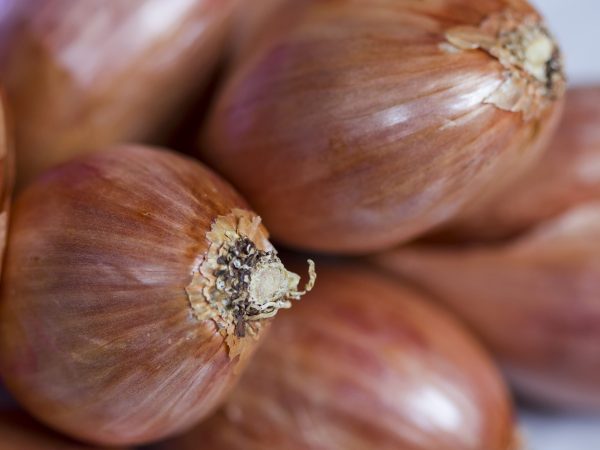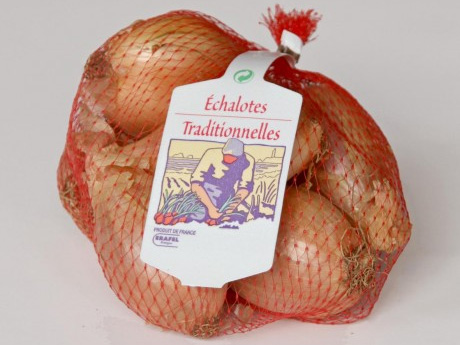The term shallot is often erroneously used to market other closely-related vegetables from the onion family, which are very similar in taste and appearance, but which are in fact just plain onions.
In 2006, the European court of Justice ruled that the term shallot — which was only used up until then to market plants propagated from bulbs (vegetative propagation) — could also be used to market new varieties grown from seed (provided they are sufficiently ‘aggregatum’, meaning they have a ‘strong ability to division’, something which must be verified on a scientific basis (2-year protocol) before the variety in question can be included in the European Catalogue).
These new varieties are marketed as ‘shallot grown from seed’, so consumers can make the distinction with planted varieties, which are now marketed as ‘traditional shallots’.

The Latin botanical name of the ancestral shallot plant (Allium ascalonicum) has now been officially changed to: Allium cepa gr.aggregatum. This applies to traditional shallot, and to a lesser extent to shallot grown from seed. As for onions, they are now officially referred to as: Allium cepa gr.cepa.
It is important that the consumer should be able to easily identify these different varieties as they have a very distinctive flavour. Traditional shallot has a pronounced flavour (which gastronomes also describe as more subtle) and is often used in Haute Cuisine. In France, traditional shallots are marketed under the name of ‘Traditional Shallot’.
By purchasing certified plants, gardeners are sure to be growing traditional shallot with an intense and refined flavour. These plants can easily be propagated by replanting the bulbs (unlike varieties grown from seed, which produce seeds when bulbs are replanted), however we strongly recommend that new plants be purchased on a regular basis in order to maintain the highest level of phytosanitary safety.

If you wish additional information on this topic, please click on this link to visit the traditional shallot website www.echalotetraditionnelle.com
